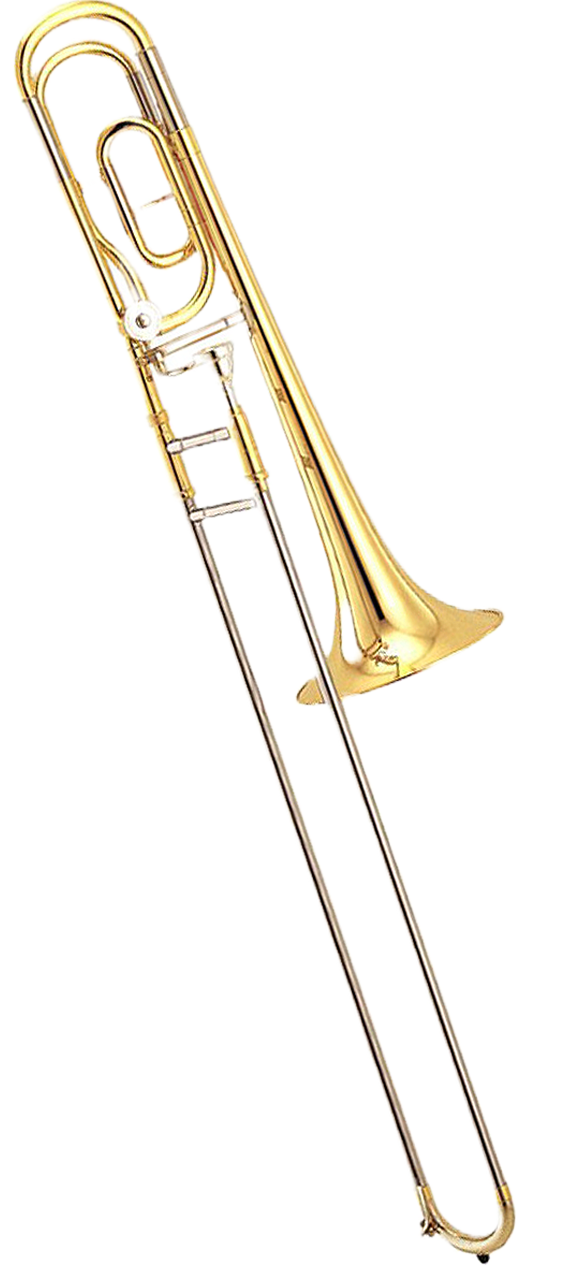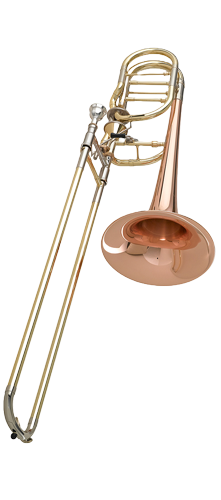
All Things Trombone
From this page you can shop our range of Trombones including Tenor Trombones, Valve Trombone, Bass Trombones and Plastic Trombone. We stock Trombones from all the best brands including Yamaha, Getzen, Bach, Besson, Windcraft, Jupiter and more.
Independent Service Rating based on 939 verified reviews. Here are some recent reviews of our service...
If you're looking for a brass instrument that stands out from the crowd, the trombone is it. Unlike other instruments in the family, trombones have a pitch-altering slide that you can use to create the characteristic glissando effect. You'll hear the instrument in symphony orchestras, brass bands, brass choirs, concert bands, jazz bands, and in brass trios, quartets, and quintets. You'll also hear trombones in R&B and New Orleans brass bands. They're versatile and they're fun to play. Find your best trombone at Dawkes Music, where our friendly staff are ready to answer your questions, offer advice, and to assist in other ways.
A brief history
The oldest form of the trombone appeared during the 15th century. In England, the instrument was called the "sackbut" or, as it appears in court records detailing King Henry VII's marriage to a Portuguese princess who brought musicians with her in 1495, the "shakbusshe." French records from 1466 refer to the instrument as the "saqueboute," and Spanish records from 1478 call it the "sacabuche." In Germany, it was called the "Posaune." It was only in Italy that the more familiar "trombone," which means "big trumpet," was used. Between the 15th and 17th centuries, Europe couldn't get enough of the instrument. It was used in bands, by watchmen and heralds, and in churches. In fact, the trombone enjoyed such great popularity in liturgical settings, people regarded it as a sacred instrument! After a brief decline in popularity, the instrument enjoyed renewed interest in England. It was then that the influence of Italian music led to the sackbut being rechristened as the trombone. Claudio Monteverdi, Johann Sebastian Bach, Béla Bartók, Edward Elgar, Gustav Holst, Sergei Prokofiev, Richard Strauss, Igor Stravinsky, and Ralph Vaughan Williams are but a few of the illustrious composers who used the trombone.
An Array Of Trombones
At Dawkes, we welcome everyone from young beginners looking for entry-level instruments to experienced musicians. We stock a range of trombones so that you are sure to find what you want to play. Historically, tenor trombones had C as their fundamental note, but that changed over time. The instrument now has Bb as the fundamental note, but you can lower the pitch by extending the slide from one position to the next. The lowest note that a standard tenor trombone can produce is E2, which is a tritone below Bb. That said, with a bit of experience, trombonists can achieve lower falset and pedal notes. Practically, the highest note in the instrument's range is D5 or F5. In theory, however, the upper range is open-ended.
The alto trombone is pitched a perfect fourth or fifth above the tenor trombone, making its fundamental note Eb or F. Between the 16th and 18th centuries, the instrument was used as the brass choir's highest voice. The alto trombone was particularly popular between 1756 and 1780, which is attested to by compositions by Georg Christoph Wagenseil, Leopold Mozart, and Michael Haydn. Nowadays, you'll hear the instrument in choral, operatic, and orchestral settings. The Eb alto trombone's range is A2 to Bb5. Although tenors are the most common valve trombones, they are by no means the only ones. Valve trombones have been built in other sizes, from contrabass to alto. Most models have three valves and they play the same way trumpets do – the only difference is that the trombones play an octave lower. The instrument enjoys significant popularity in Austria, Italy, the Czech Republic, Portugal, Slovakia, Spain, India and throughout South America.
Like the tenor instruments, bass trombones are pitched in Bb. Both instruments also have the same length of tubing. The mouthpiece, bell, and bore are where you'll see the differences, as they're all larger on the bass trombone. Another difference is that the bass instruments usually have two valves that can be used to change the key. Depending on whether the valve system is dependent or independent, you can lower the key to F, E, Gb, or D. The range depends on whether your instrument has valves or not, and if so, whether it has one or two valves. A modern bass trombone with the second valve in Gb has a range of Bb0 to C5.
Trombone Advice
At Dawkes, we do more than sell instruments. We want you to make the most of your trombone, and so we also are happy to offer advice to help you do just that. You can chat to our knowledgeable staff in store, pop us an email, and engage with us on social media. There’s also a wealth of information to explore in our blog, such as playing tips, helpful maintenance hints, mouthpiece buying guides and more.
Trombone Rental
If you are not sure that you want to commit to purchasing a trombone, why not consider renting one from us? We offer Yamaha tenor trombones and compact trombones in our instrument rental scheme. In addition to your preferred instrument, you will also get a carry case, cleaning cloth, and a mouthpiece as part of the package.
The Different Types of Trombone
As mentioned above, you can find a wide range of trombones at Dawkes. We stock tenor, alto, valve and bass trombones. We even have trombones made from plastic.
Trombone Accessories
Look no further than Dawkes for all your trombone accessories. Along with everything you could possibly need to keep your instrument in tip-top condition, we also stock mouthpieces, mutes, lyres, stands, cases, training aids, and tone enhancers such as sound bridges. Remember, if something that you want is not in stock, our friendly staff will be happy to order it for you.











